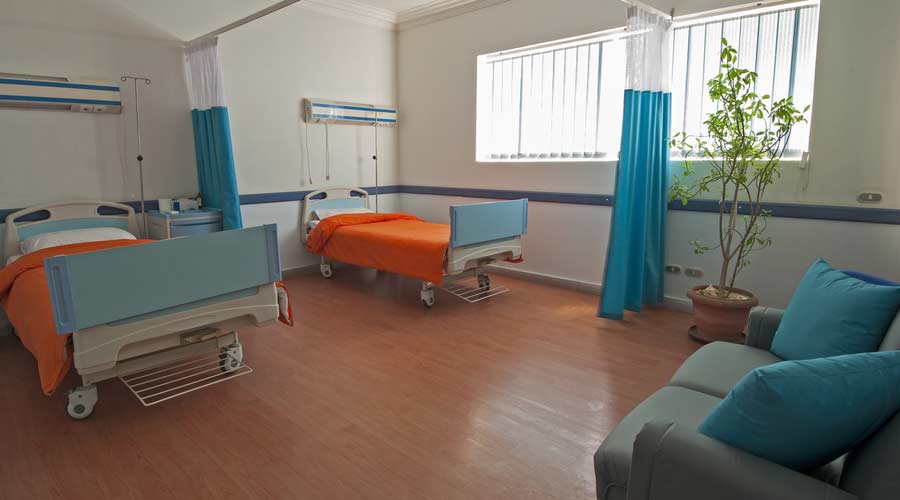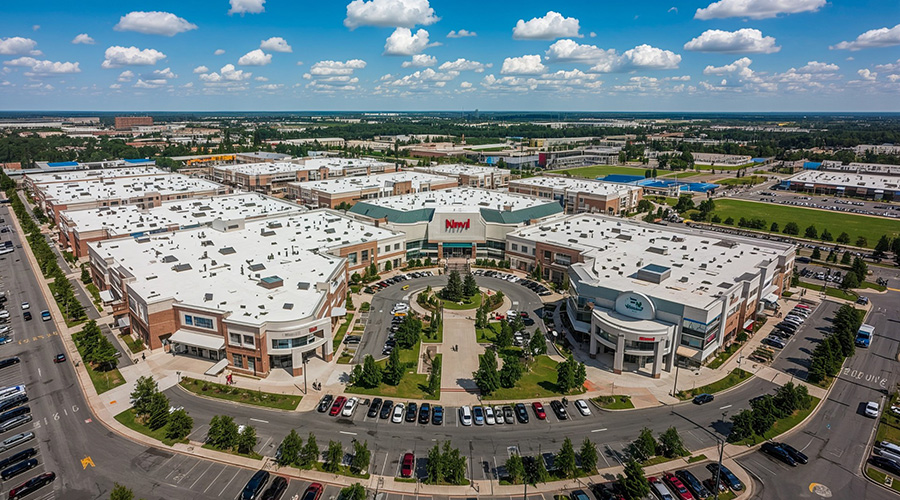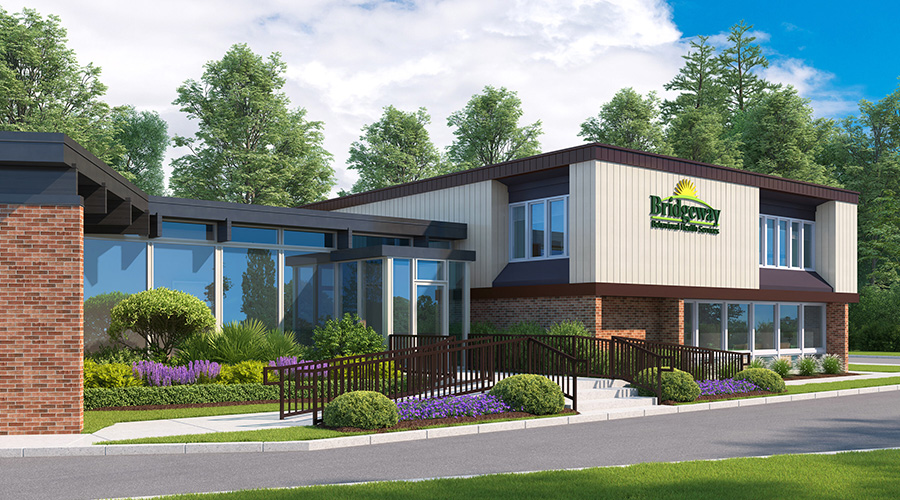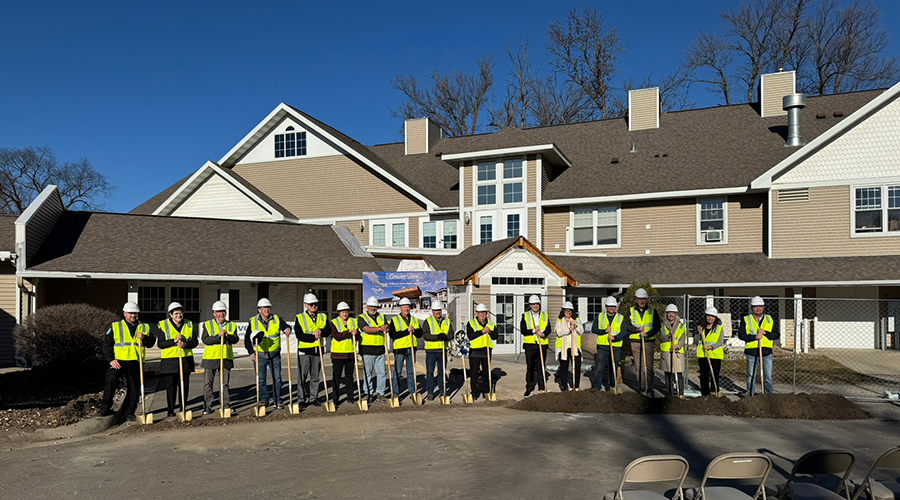Trends come and go, but classic pieces stay around forever. That adage is mostly true in fashion. If you asked someone in 2019 if they would wear popular Y2K fashion such as low-rise jeans or bucket hats, you would get a resounding “No,” but just three years later, these items line the walls of major clothing stores. It is harder for furniture to go through these quick cycles. Healthcare facilities tend to lean toward more traditional pieces. In this manufacturers roundtable, Healthcare Facilities Today asked top furniture manufacturers about trends they would like to see for interior design in the coming years.
What furniture trends have you noticed this last year? How are they expected to change in the coming years?
“As the majority of physicians and medical facilities have migrated to EMRs (electronic medical records), we’re continuing to see a trend for products that can seamlessly integrate with technology. Additionally, it’s important to remember that the average caregiver works a 12-hour shift and spends about half of that time using technology. Whether they are using a laptop for a patient in-take session, or any other care giving service that requires an electronic device, caregivers need to have the confidence that their devices will remain powered up and not fail when they need them.”
- Steven Bramson, President, Innovative Ergonomic Solutions, parent company to HAT Collective Healthcare
“During the past couple of COVID-19 years, facilities quickly moved toward separating people who needed to be in a healthcare setting. The 6 feet apart rule was at play with the unfortunate use of Xs and ‘Do not sit’ signs placed throughout seating areas. Increased cleaning has also become the ritual, which has led to more cleaner-friendly textiles being developed, specified and used. With regard to the latest trends, one that I am hearing about on almost a daily basis is to bring back cleanable wood or wood-look elements. Incorporating nature-inspired elements in product and in all designed environments will be a permanent focus.”
- Suzanne Fawley, Behavioral Health Interior Designer, Stance Healthcare
“During the pandemic, we partnered with IPSOS to conduct research with key clients to uncover their needs for future environments. What was uncovered was a focus on the Four Ps: pliability, power, performance and placement.” While all these design aspects are important, flexibility is one area where health care clients are focusing today. More sophisticated than the ability to move a chair, or raise and lower a desk, pliability implies the ability to expand and contract an environment depending on needs. Designing with pliability in mind means you are planning for an unknown future.”
- Kimberly Montague, executive director, research and partnerships, Kimball International
Mackenna Moralez is the assistant editor with Healthcare Facilities Today

 Healthcare Is the New Retail
Healthcare Is the New Retail Bridgeway Behavioral Health Services Launches Campaign to Renovate Health Center
Bridgeway Behavioral Health Services Launches Campaign to Renovate Health Center Ground Broken for New North Dakota State Hospital
Ground Broken for New North Dakota State Hospital AI Usage for Healthcare Facilities
AI Usage for Healthcare Facilities Ground Broken on Pelican Valley Senior Living Modernization Project
Ground Broken on Pelican Valley Senior Living Modernization Project